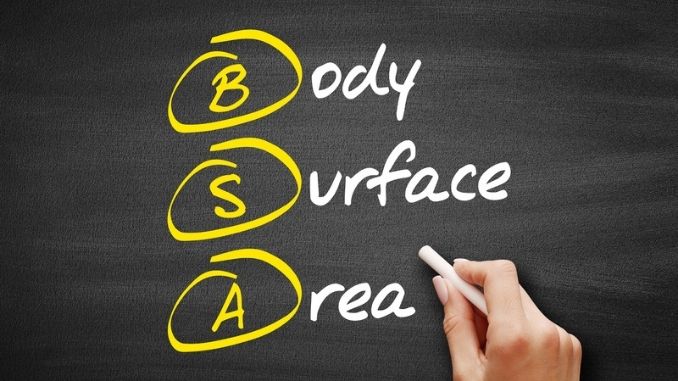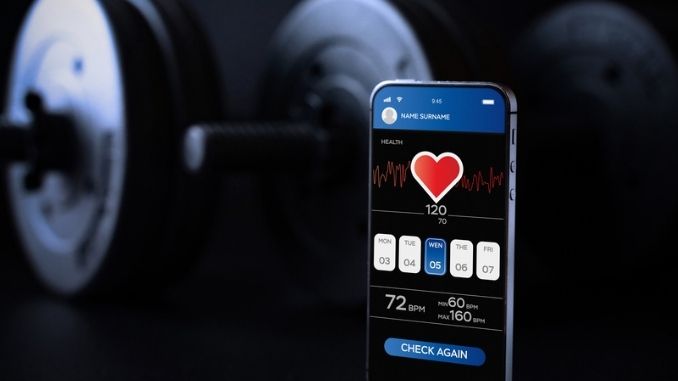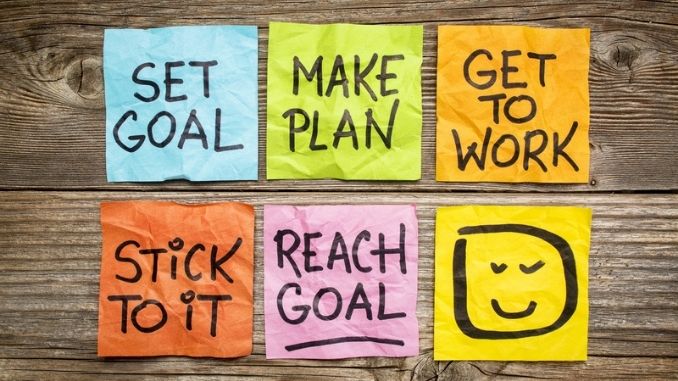When people bring up or mention food tracking, some start to roll their eyes and say it’s another job that will take time away from their already busy schedule. They think they’re good enough at tracking their food without any help– not exactly! You may be able to track your diet on a good day, but that doesn’t mean you are consistent in doing so every day, which is what matters most when trying to lose weight or maintain healthy eating habits.
Food tracking is not meant to be a punishment. It’s not about feeling guilty about what you’re eating and making yourself feel worse. So if that’s the mindset you have, then it’s time to change your perspective because no matter what diet or changes in lifestyle, etc., nothing will work as well because changing your eating habits requires an understanding of why those changes need to occur.
It becomes much harder when you look at this as a punishment system or a reward and use that feedback to make yourself feel bad about your eating habits. We want to change behaviors where we stop punishing ourselves and treat ourselves kinder than before by offering support when faced with situations like consuming too many calories. Here are some ways to track your food:
1. Know Your Numbers

Food tracking is a great way to see what you’ve eaten during the day and how much more of it you can have. It’s also a good reminder for planning your next few meals. If you’re just getting started with a meal plan or are going day by day, it’s important to know your numbers and what they should be. You’ll want to know your maintenance calories and how much body fat you want to lose while gaining muscle at the same time.
There are a lot of websites that can calculate your ideal weight for you if you give them the necessary information. All you have to do is put in your height and weight, and some of them might ask for more specific details like body fat percentage. They’ll figure out how much loss or gain would be good for you easily!
2. Make Use of Food Tracker App

There are apps, like fitness pal, that can help you keep track of your diet. They have an excellent database of foods and nutrition information which many people use to log their food intake. So when cooking at home or eating out with friends, for example, if there is steak on the menu, you can get an overview of all its nutritional values by typing it into the app!
It’s nice to plug in your phone and just get an instant projection of where you are throughout the day. Tracking is not about restricting you or knowing where you are during the day. It lets you plan meals ahead of time and know what foods to eat at which times of the day. And this may feel like a little bit of work because sometimes we have to put the food in ourselves, but that’s okay!
3. Measure Your Food Portions

Measuring food portions is an important habit to get into. It’s really interesting when you start measuring because it gives a good picture of what you’re actually eating each day. For example, if your usual breakfast consists of dry cereal and milk in the morning, then it can be quite illuminating when you measure out everything that goes into your bowl! You’ll see exactly how much you’ve been overeating without even knowing it-so. Make sure to weigh and measure all food portions to stay on track!
The most important thing is to remain flexible and not get too worked up about anything. This goes back to the idea that you should always be in a really good mindset because this whole process won’t work for you if you aren’t. You’re going into it with the wrong mindset and will probably do more harm than good for yourself.
4. Make a Plan

One of the most common mistakes people make when starting a new habit is going into it with no plan. They just say, “I’ll do this later,” but then never actually go through and do it, and they end up spending time at night thinking about what needs to be done.
The truth is that stress relieves when we are in control of our life rather than controlling our life under pressure due to deadlines or stressful social interactions. If you want your new routine to work out well in the long term, don’t fall prey by starting without any plans for how you’re going to keep on top of things adequately during the first few weeks.
You don’t want to miss any opportunities because it will set you back in your goals. For example, if you’re trying to lose weight but forget about what foods you eat during the day, all the progress will go down the drain! The same idea applies to anything else that’s important, whether your career or education, etc. It may feel like work at first and take some time getting used to, but once you get into sync with tracking food intake, things become more manageable–and quicker too!







